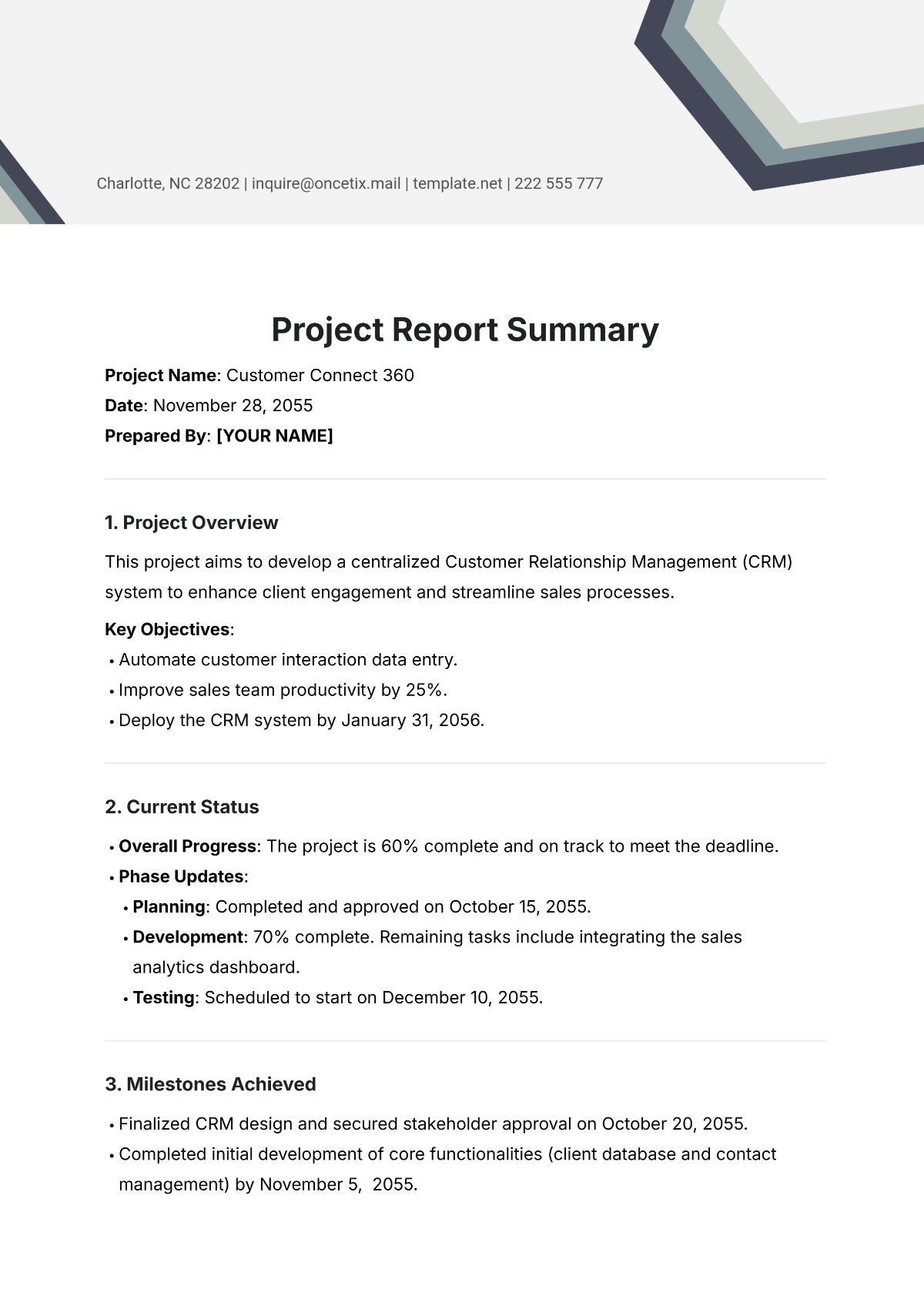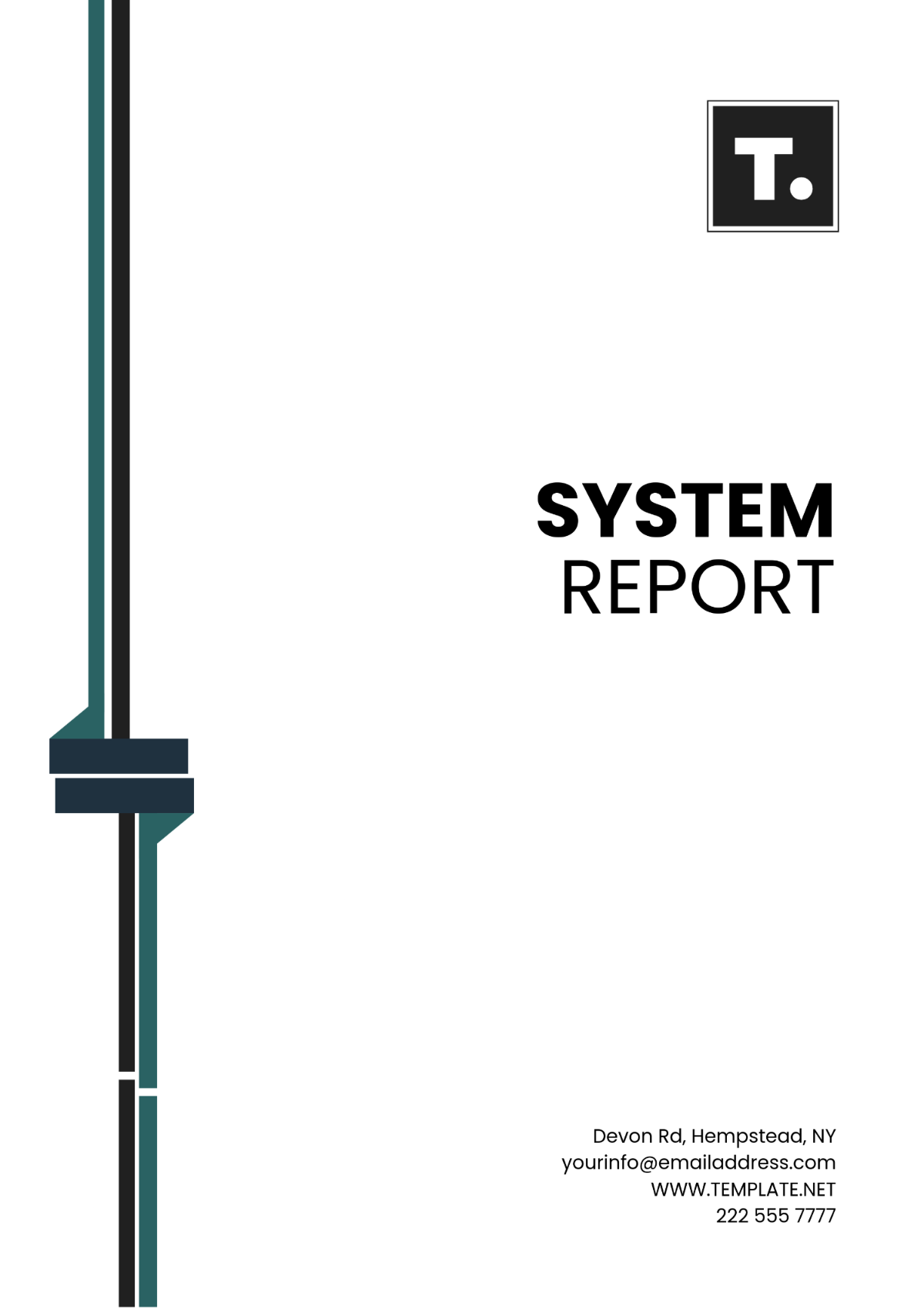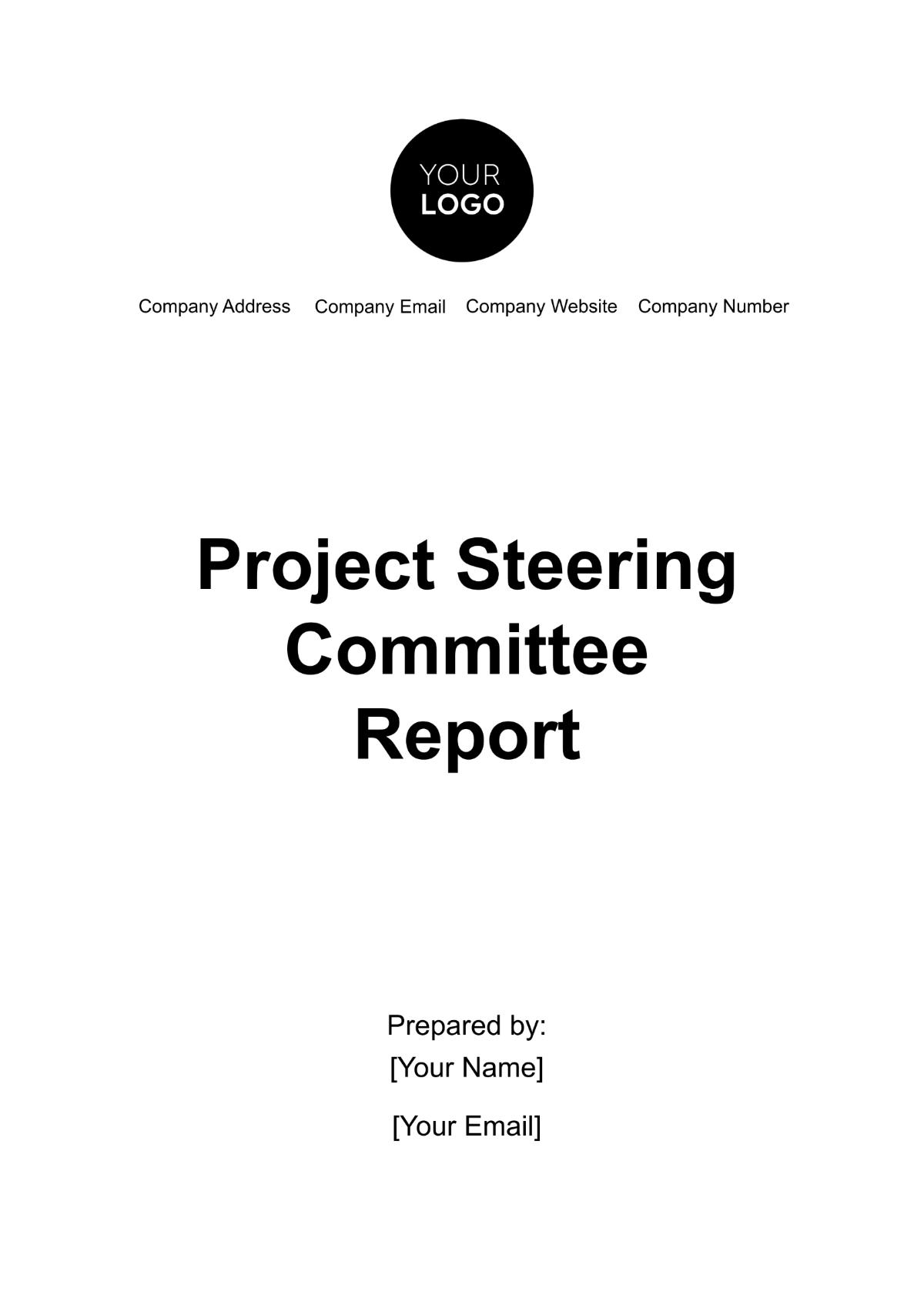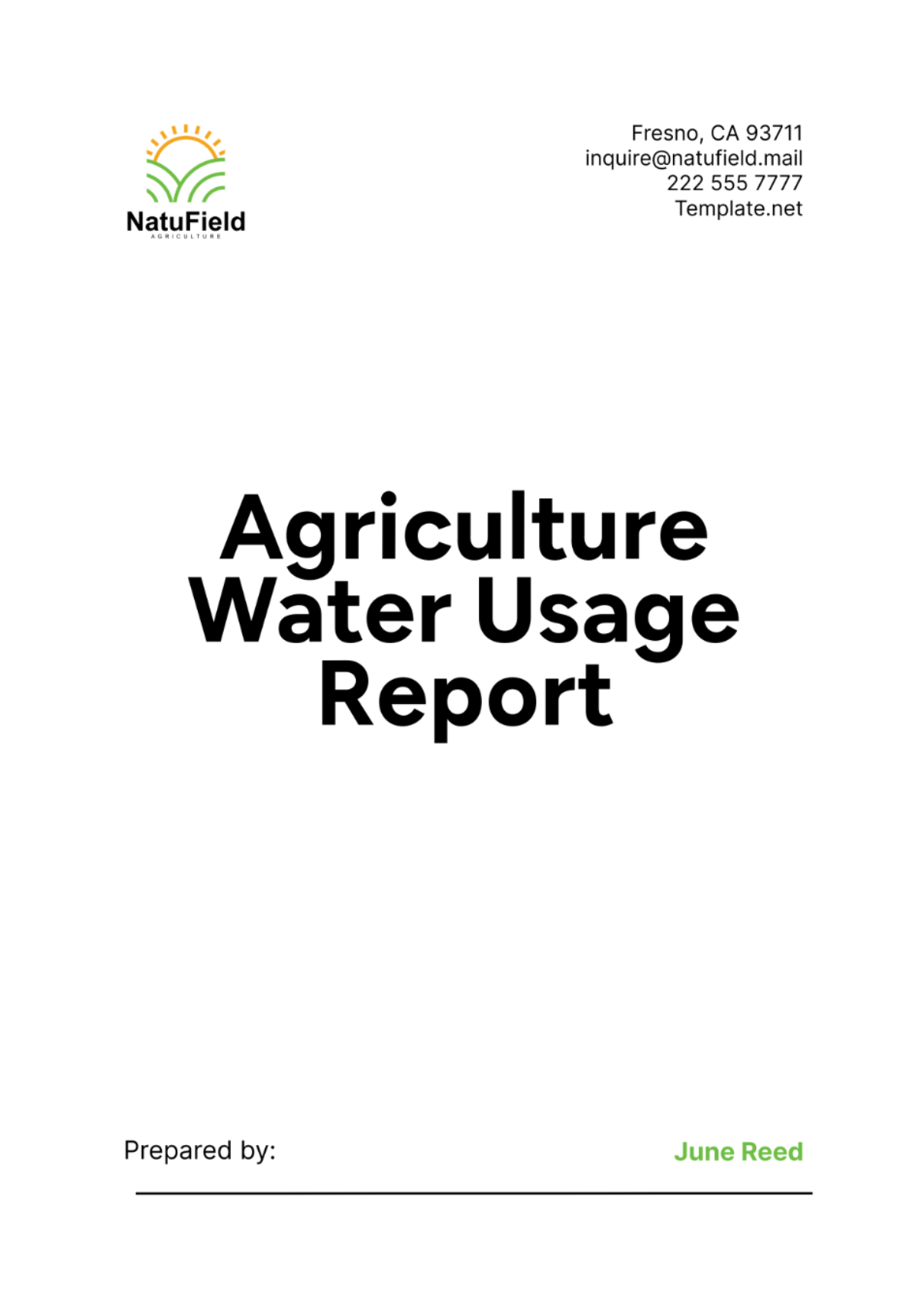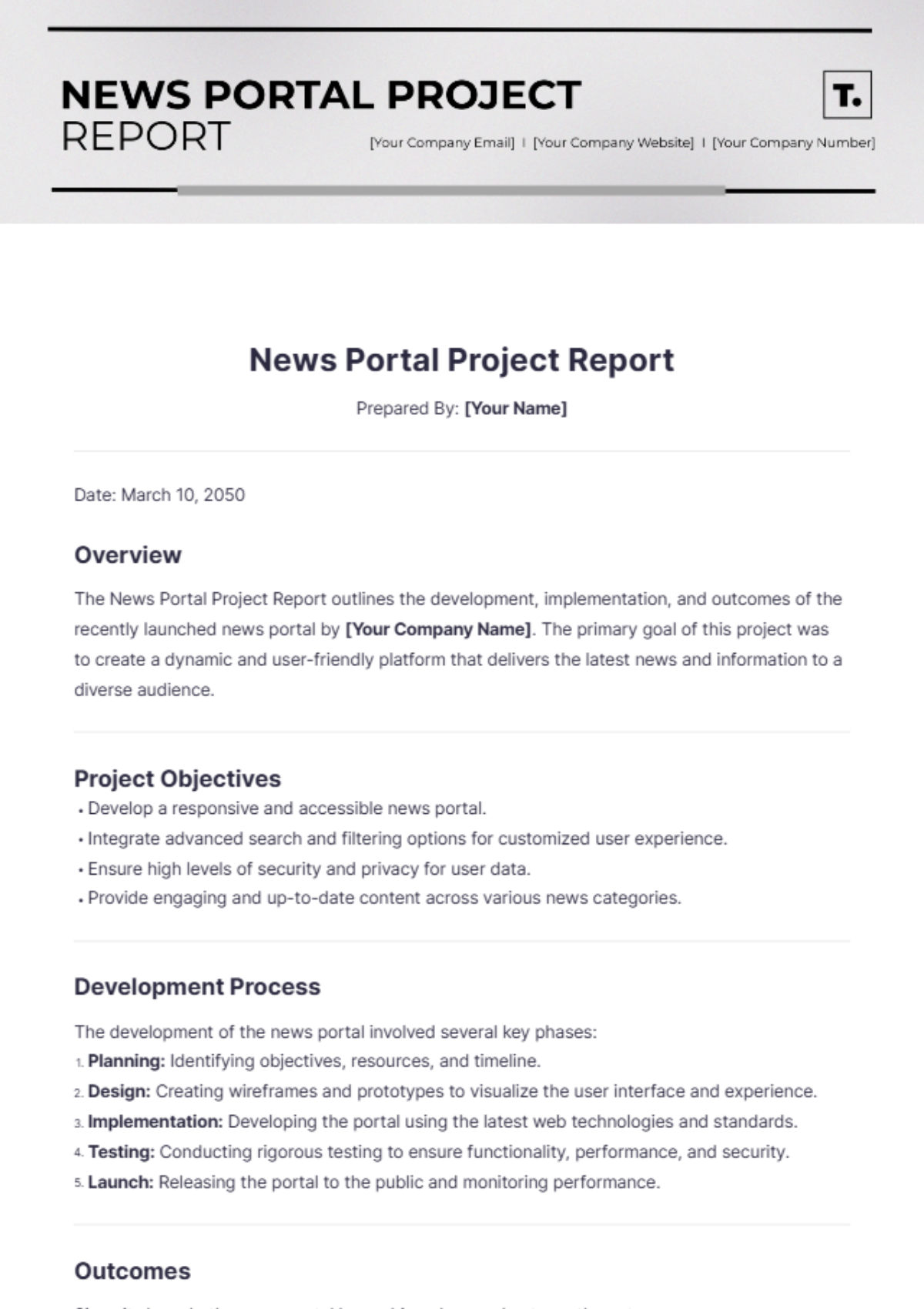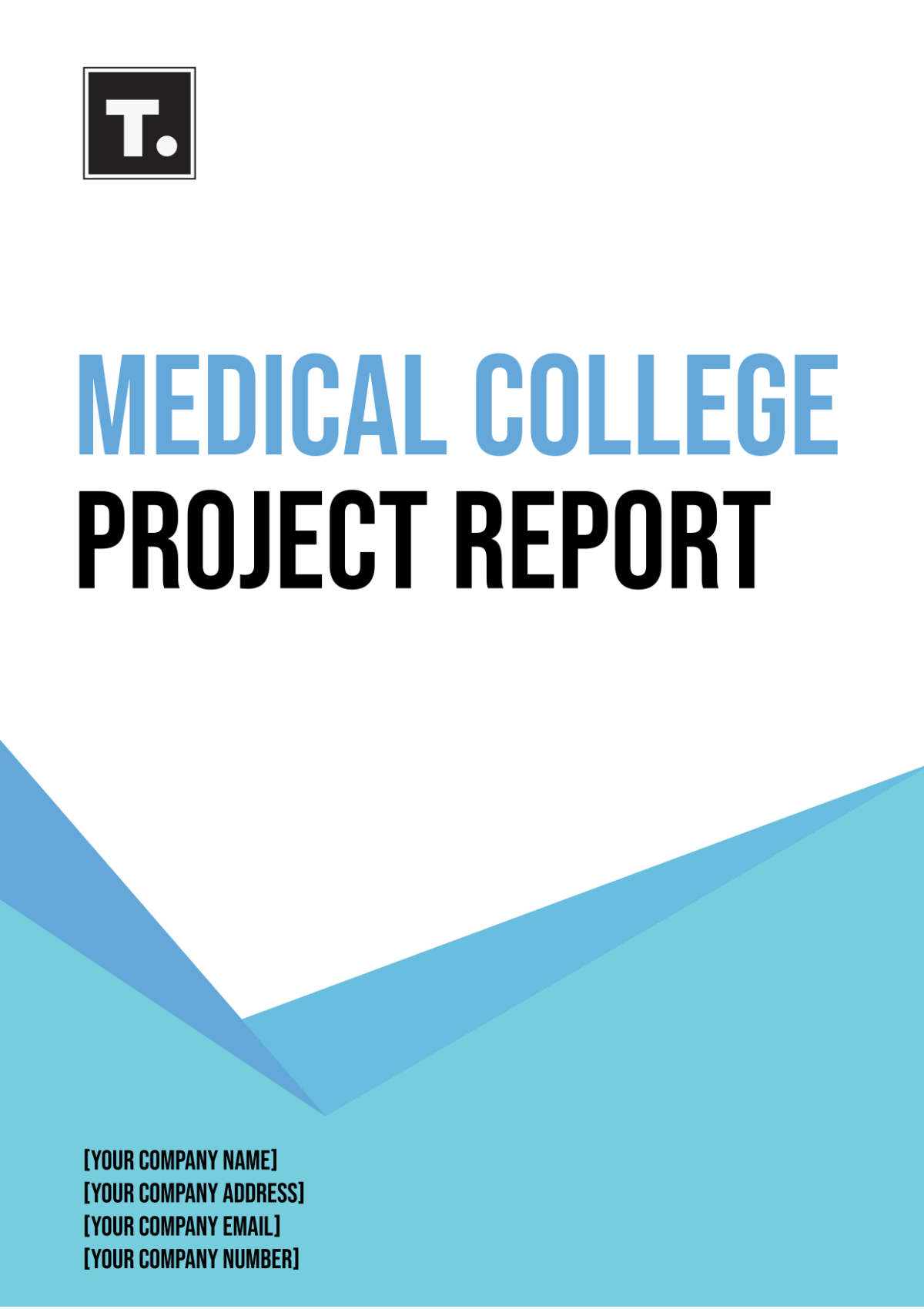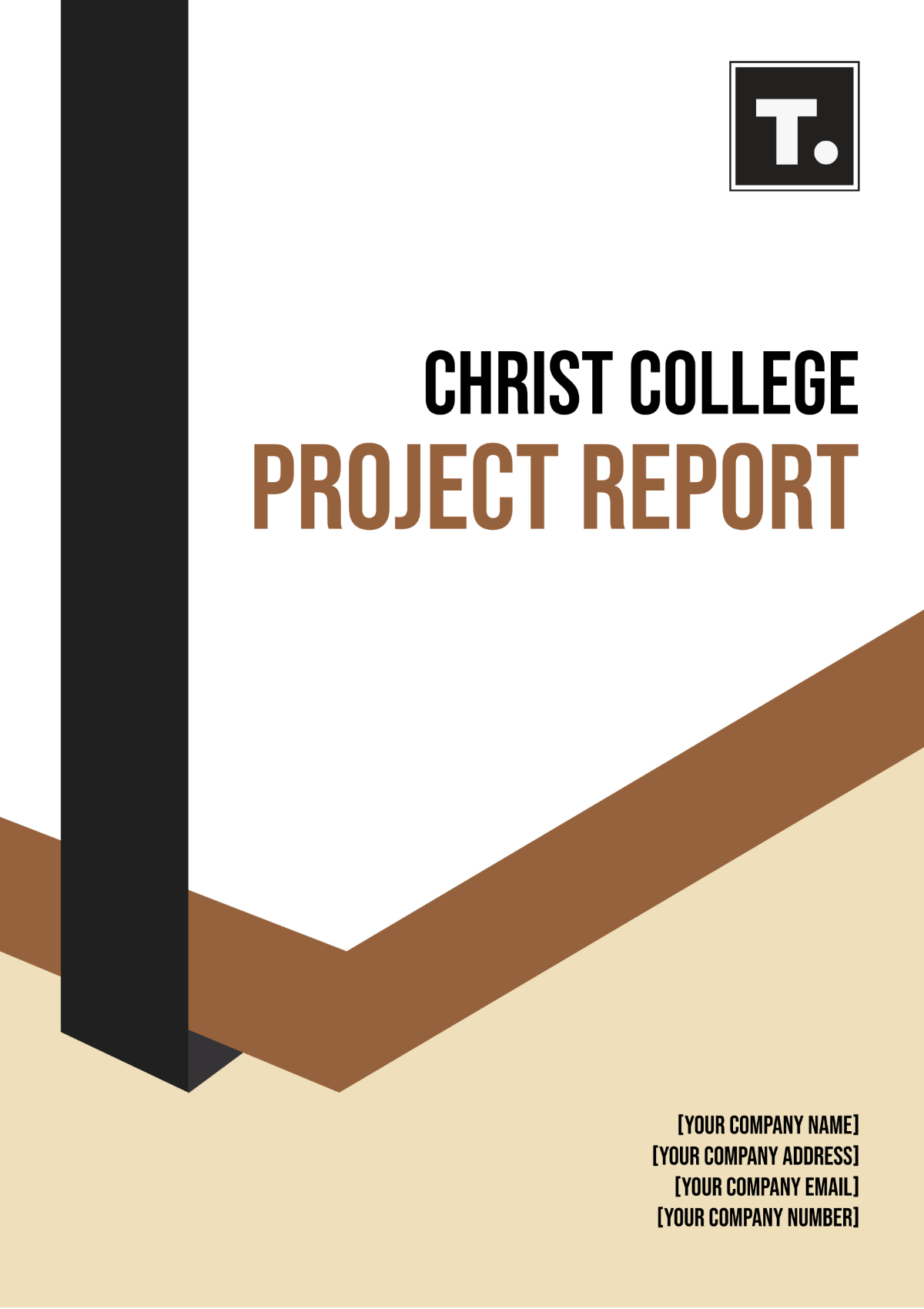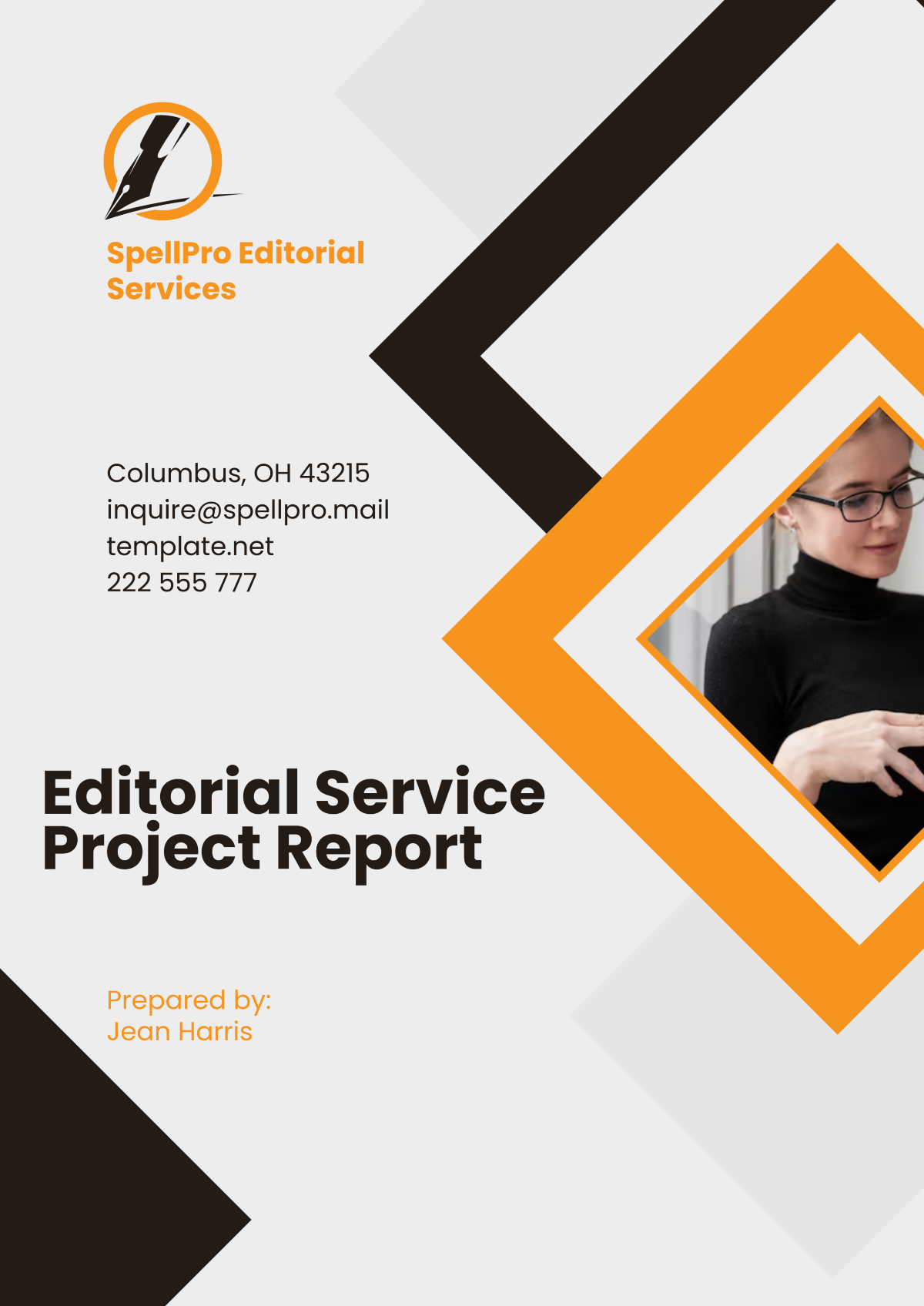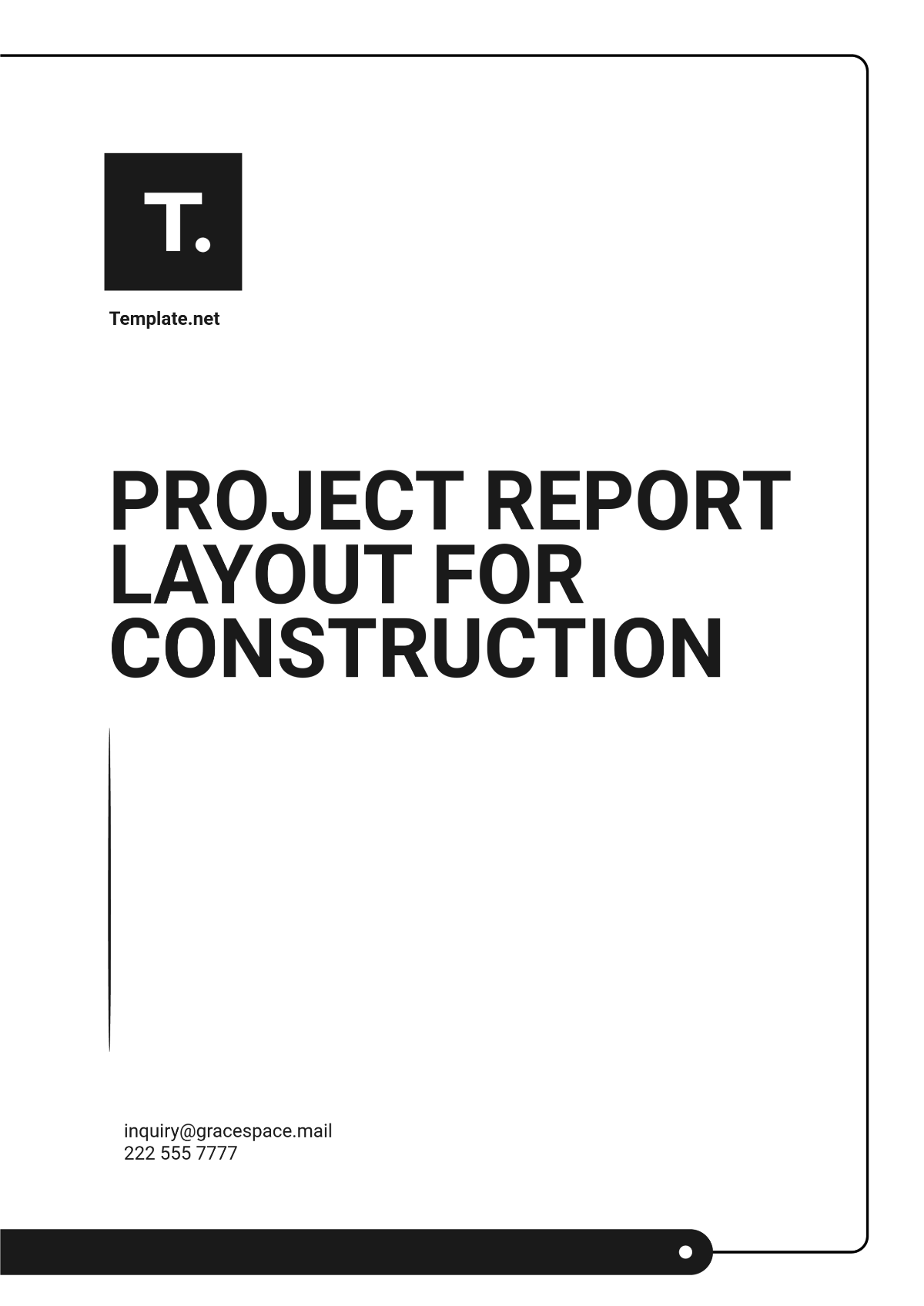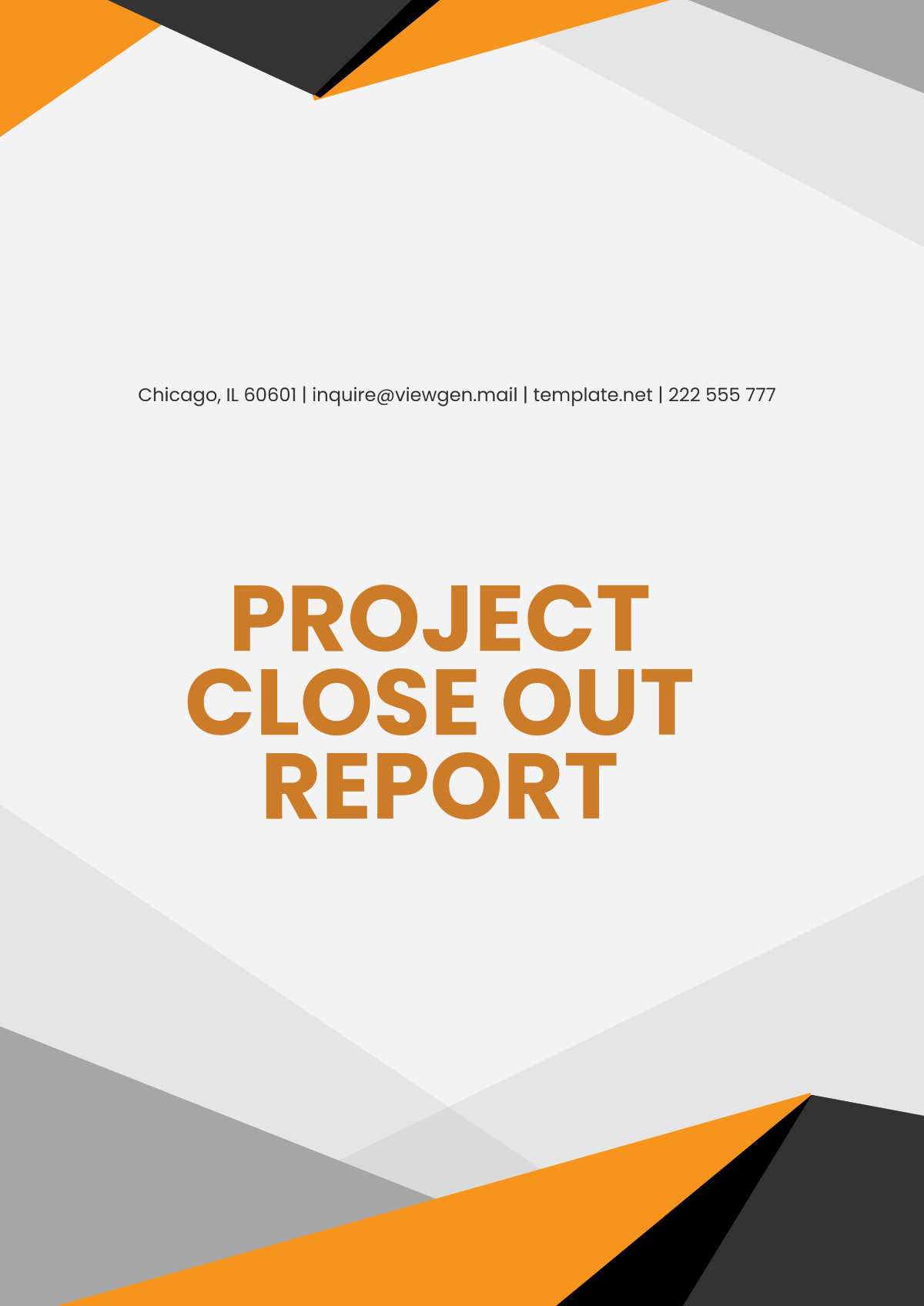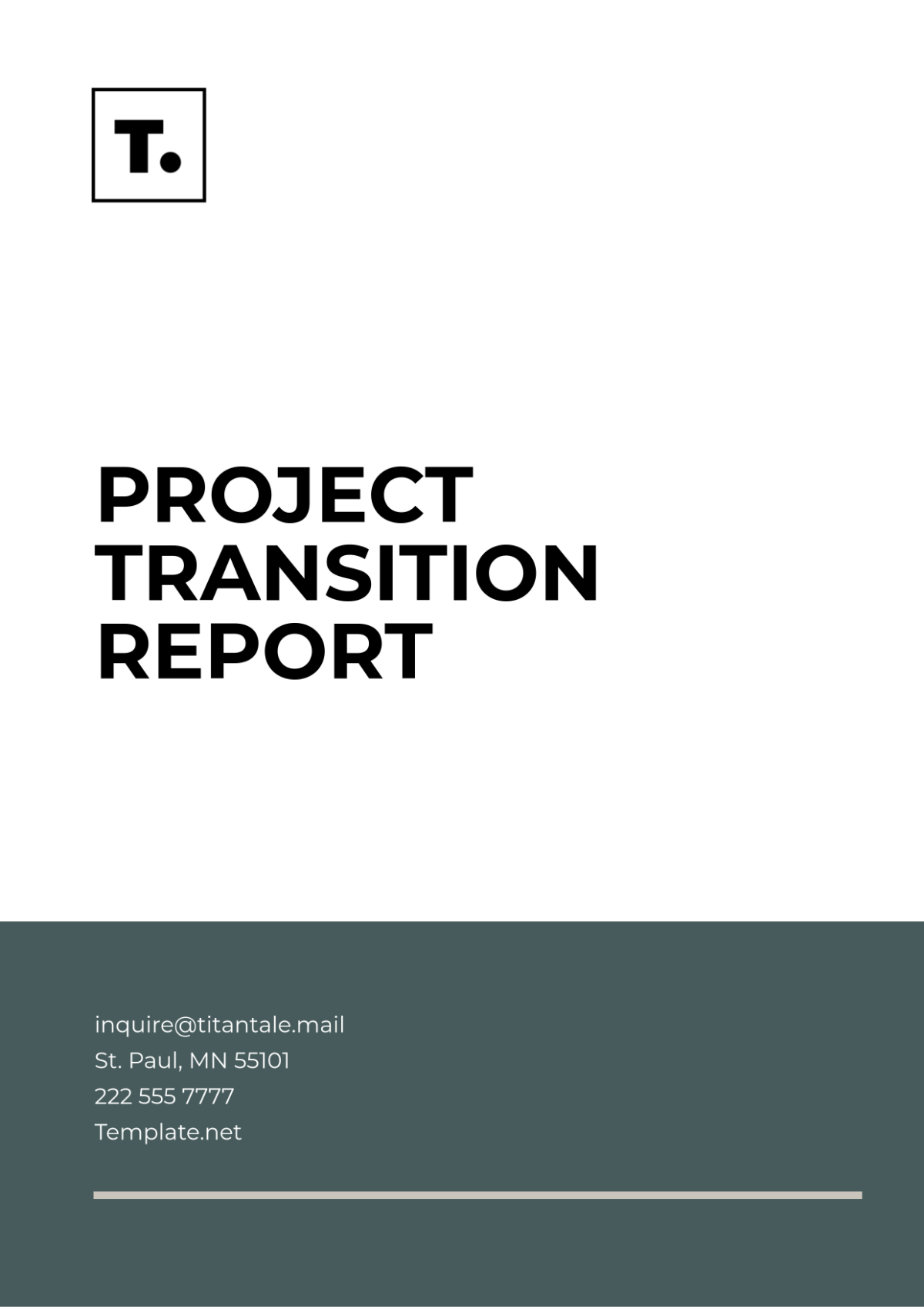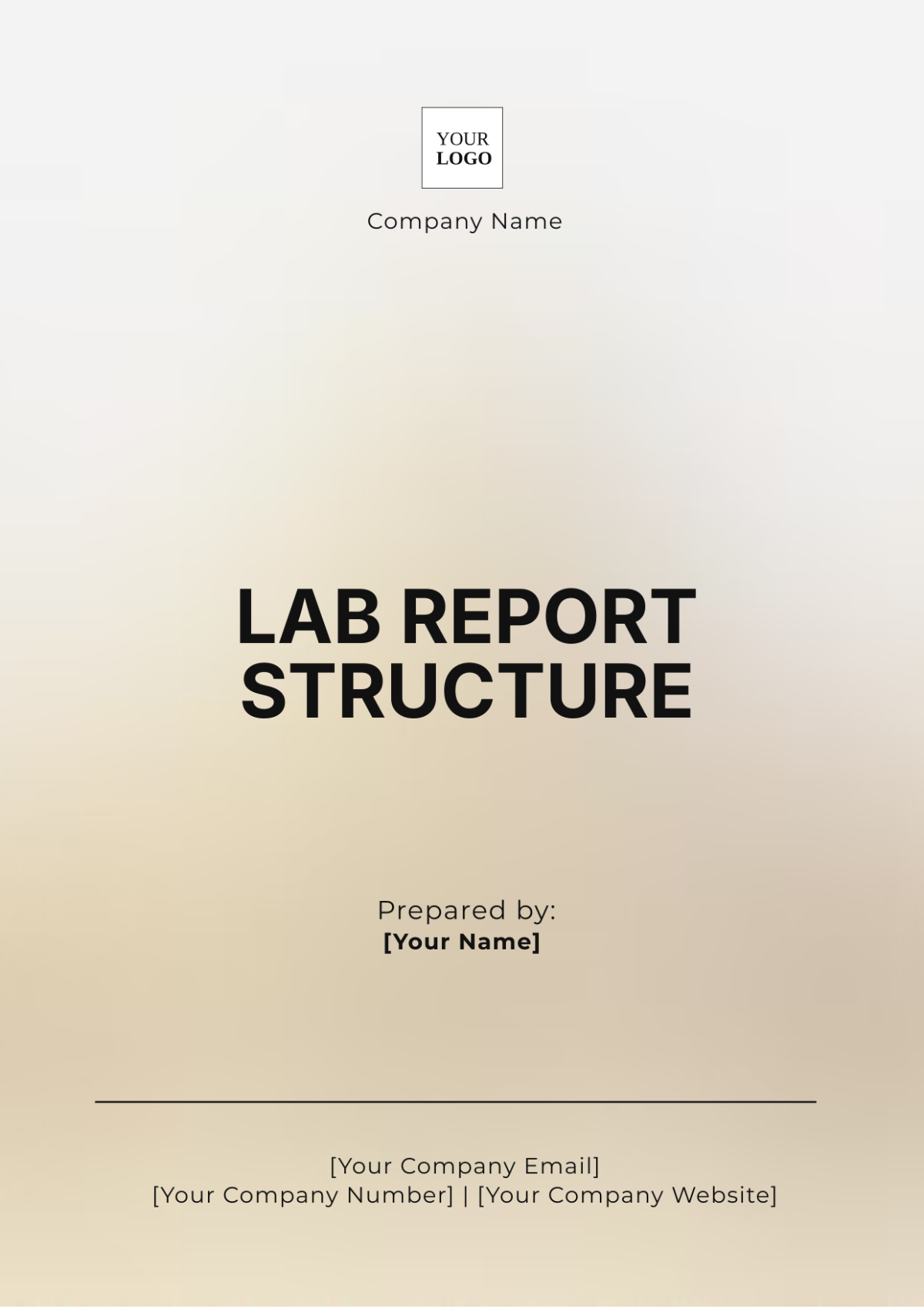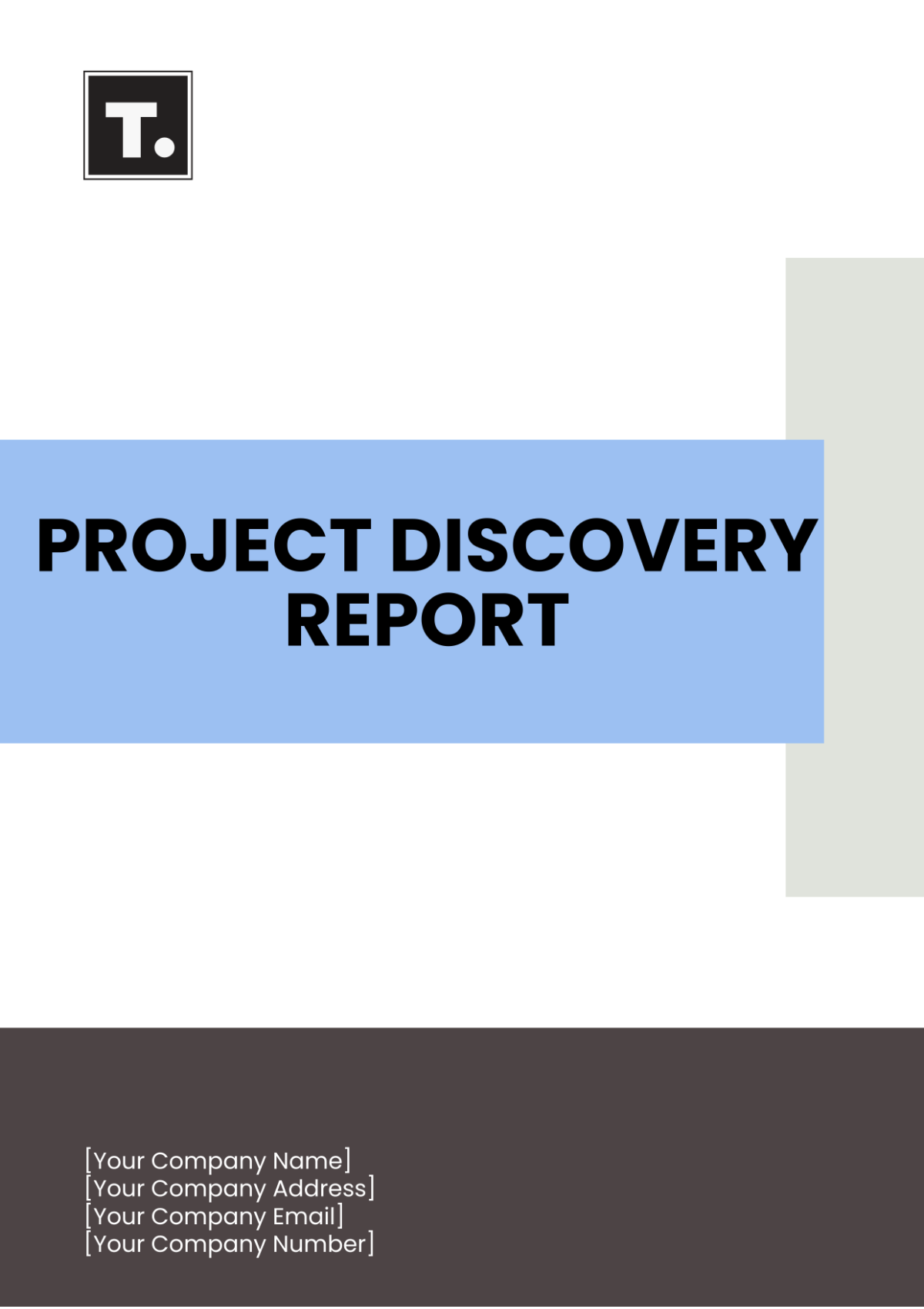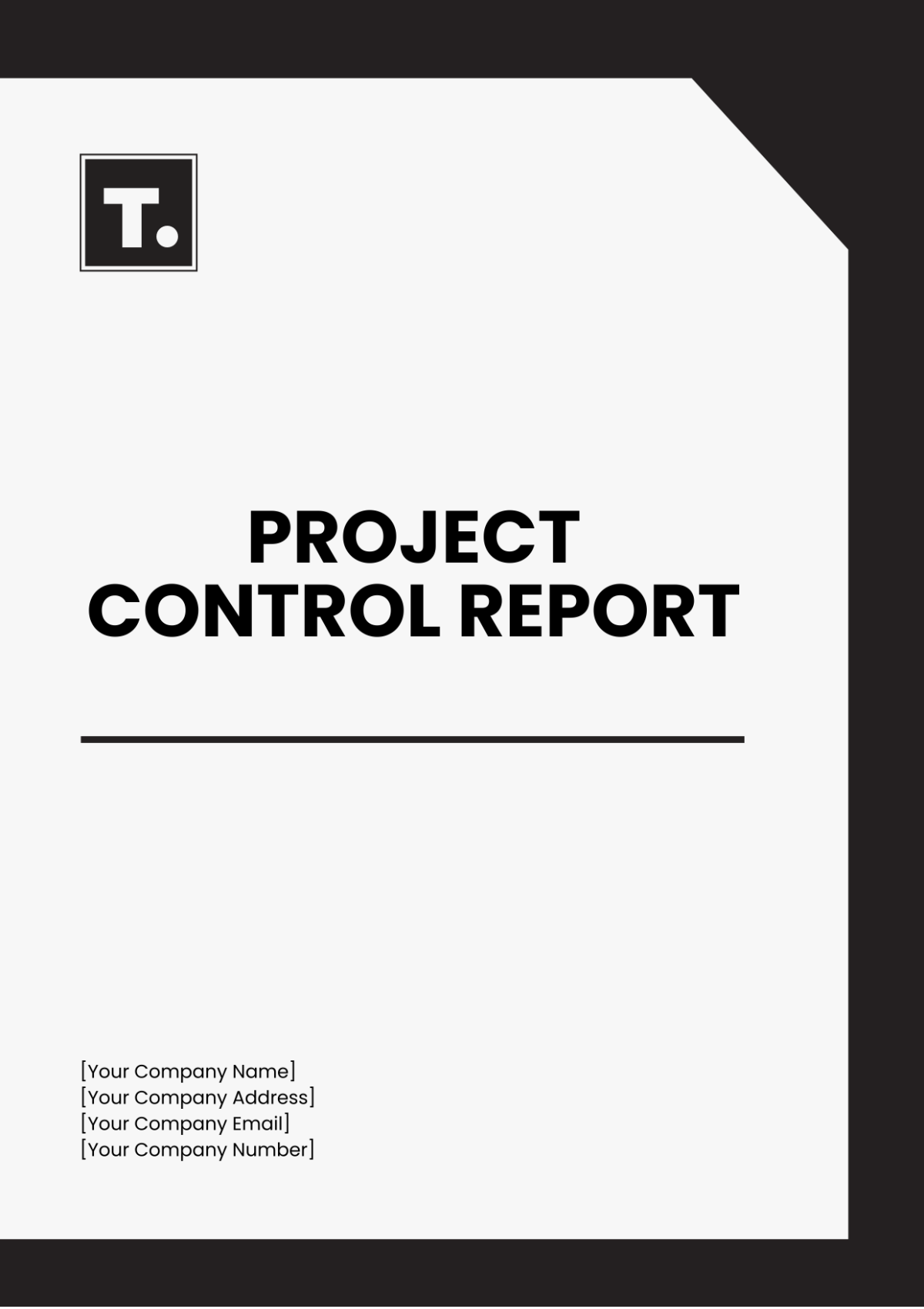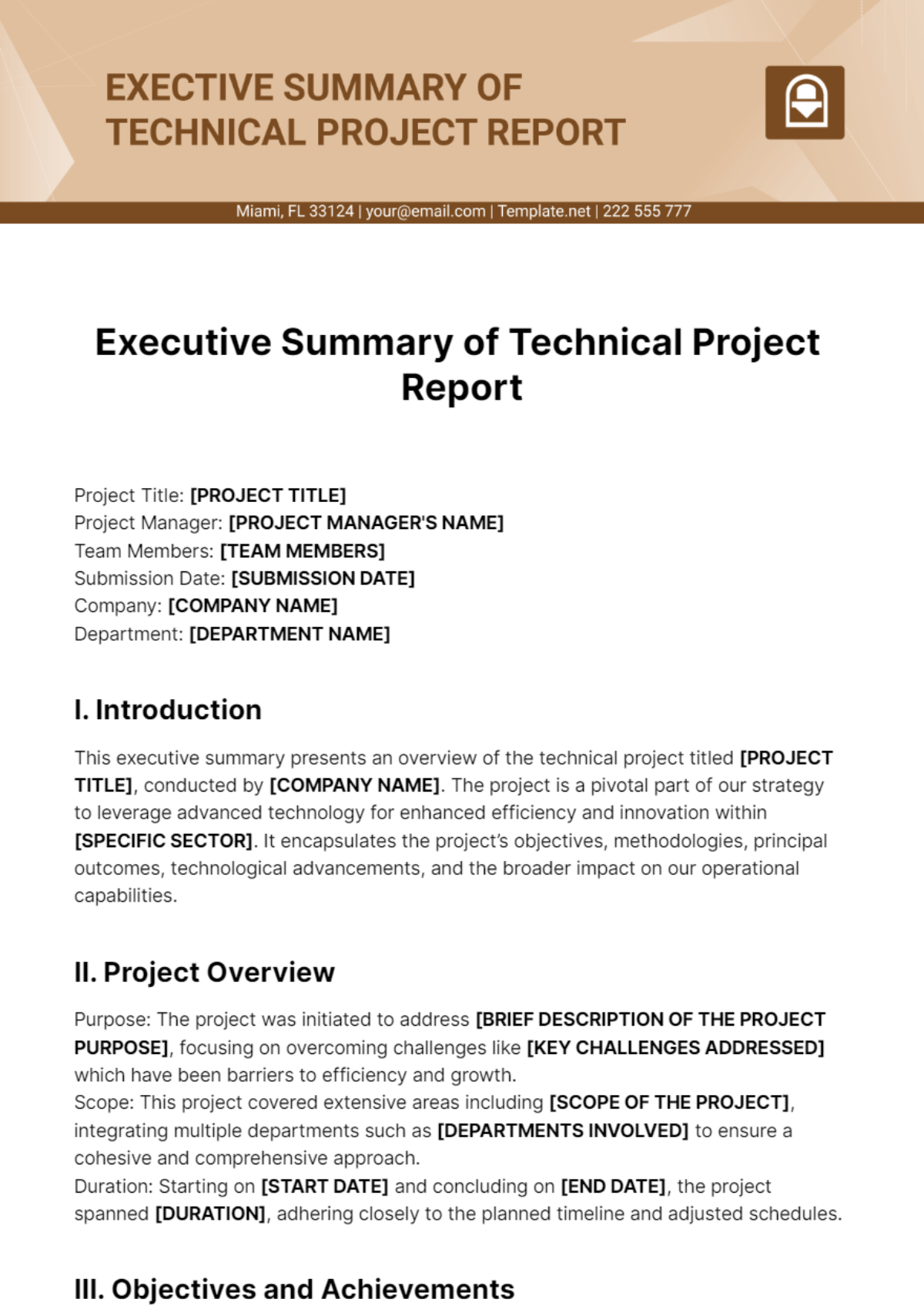Executive Summary for Engineering Report
Prepared by: [YOUR NAME]
[YOUR COMPANY NAME]
[DATE]
Introduction:
The following executive summary outlines the key findings and recommendations resulting from the structural analysis conducted for the design of [BRIDGE NAME]. This report aims to provide stakeholders with a comprehensive overview of the structural integrity and performance considerations of the proposed bridge design.
Methodology:
The structural analysis was performed utilizing advanced computational modeling techniques, incorporating finite element analysis (FEA) software to simulate various load scenarios and assess the structural response of the bridge design. The analysis considered factors such as material properties, environmental conditions, and anticipated traffic loads to ensure a thorough evaluation of the structural performance.
Key Findings:
Load Capacity: The structural analysis indicates that the proposed design of [BRIDGE NAME] meets or exceeds industry standards for load capacity, with ample safety margins under typical traffic loads.
Stress Distribution: Examination of stress distribution across key structural elements, including beams, columns, and foundation supports, reveals uniform stress patterns indicative of a well-balanced design capable of withstanding dynamic loading conditions.
Resilience to Environmental Factors: The analysis also demonstrates the resilience of the design to environmental factors such as wind, seismic activity, and temperature variations, ensuring long-term structural stability and durability.
Fatigue Analysis: Fatigue analysis conducted on critical components of the bridge design indicates satisfactory fatigue life expectancy under repeated loading cycles, minimizing the risk of structural fatigue-related failures over the operational lifespan of the bridge.
Action Plan:
Based on the findings of the structural analysis, the following action plan is proposed to optimize the performance and longevity of the [BRIDGE NAME]:
Enhanced Monitoring Systems: Implementing advanced structural health monitoring systems can provide real-time data on the condition and performance of the bridge, enabling proactive maintenance and ensuring continued safety and reliability.
Material Selection: Further evaluation of alternative materials and construction techniques may offer opportunities to optimize the cost-effectiveness and environmental sustainability of the bridge design without compromising structural integrity.
Continued Analysis: Regular structural inspections and periodic reevaluation of the bridge design should be conducted to assess any changes in operational conditions and ensure ongoing compliance with safety and regulatory standards.
Recommendations:
In addition to the action plan outlined above, the following recommendations are proposed to further enhance the [BRIDGE NAME]:
Traffic Management Strategies: Implementing traffic management strategies such as weight restrictions and lane configurations can help mitigate excessive loads and reduce stress on structural components, prolonging the lifespan of the bridge.
Emergency Preparedness: Developing comprehensive emergency response plans and contingency measures can minimize the impact of unforeseen events such as natural disasters or accidents, ensuring the safety of bridge users and facilitating efficient recovery efforts.
Conclusion:
In conclusion, the structural analysis conducted for the design of [BRIDGE NAME] demonstrates a robust and reliable structural configuration capable of meeting the demands of its intended use. By implementing the recommended action plan and adhering to the provided recommendations, [YOUR COMPANY NAME] is committed to delivering a safe, sustainable, and resilient infrastructure asset for the benefit of all stakeholders.

